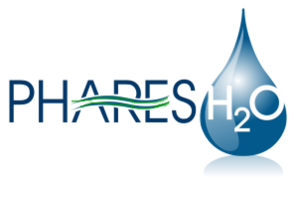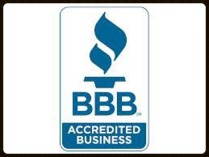
Water Softeners & Conditioners
We want to make your life and your water better for you.
We provide customized equipment and services to enhance whatever processes your home or business uses. We can utilize, refit or refurbish existing equipment and maintain it OR we can design and
install new equipment if necessary to better fit your needs.
We proudly believe that we can give you the best water available and meet any and all your needs for water softening, filtration, reverse osmosis or just high purity water.
Services include on-site water analysis and equipment testing, on-site system peformance evaluations, complete set up of new equipment and automatic salt delivery. Whether your primary
concern is a drink of water or keeping your boilers clean - we make it happen. Using our equipment will produce water that works and tastes great!
Water Softener Recycling...How it works.

1. The backwash phase removes dirt from the mineral tank.
2. Recharging the mineral tank with sodium from the brine solution displaces calcium and magnesium, which is then washed down the drain.
3. The final phase rinses the mineral tank with fresh water and loads the brine tank so it's ready for the next cycle.
It's easy to forget how important water is in our lives. Of course we need it in our diet, but in our homes, it's a tool, a fluid medium that carries material from one place to the next. And one of the reasons it does this job well is that it's very good at holding things, either by suspending them or dissolving them.
Unlike most tools though, water doesn't come with an instruction manual. If it did, you'd know why the dishes you thought were washed are covered with spots when dry, why the water in your shower
leaves a film on everything it touches, and why what you thought was clean water has clogged up your plumbing system.

NOTE: This isn't a diagram for installation but an overview to help you understand the softner process.
Water passing through the mineral tank loses positively charged calcium and magnesium ions to negatively charged plastic beads. The brine tank holds a salt solution that flushes the mineral tank, replacing calcium and magnesium ions with sodium. A meter at the top of the mineral tank regulates recharging cycles. The valve assembly routes water flow for each phase of the regeneration cycle.
The Solution Is The Problem
While water is in the ground, it picks up soluble bits of whatever it passes through. While this can mean contamination that makes the water unfit to drink, in many cases it simply means that the water contains minerals found in the earth. Of these, calcium and magnesium are of particular importance because they affect the water's ability to function in our homes. These minerals make our water hard.
One effect of hard water is that soaps and detergents lose some effectiveness. Instead of dissolving completely, soap combines with the minerals to form a coagulated soap curd. Because less soap is dissolved, more is required. And the sticky insoluble curd hangs around--it clings to the skin and may actually inhibit cleansing. Washed hair seems dull and lifeless.
In the laundry, things aren't much better. The soap curd can work its way into your clothes as they're being washed in your automatic washing machine. This can keep dirt trapped in the fibers, and it can stiffen and roughen the fabric.
In addition to affecting the actual washing process, insoluble soap deposits leave spots on everything you wash--from your dishes to the family car and a soap film will build up in your bath and shower.
Another reason to be concerned about hard water is its effect on your plumbing system. Calcium and magnesium deposits can build up in pipes, reducing flow to taps and appliances. In water heaters, these minerals generate a scale buildup that reduces the efficiency and life of the heater.


